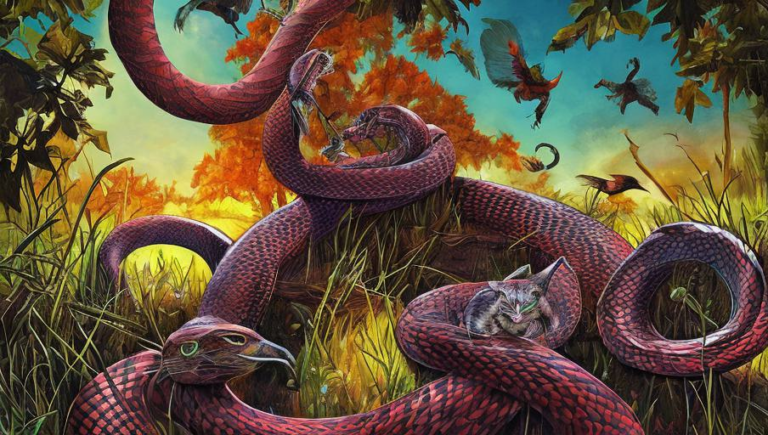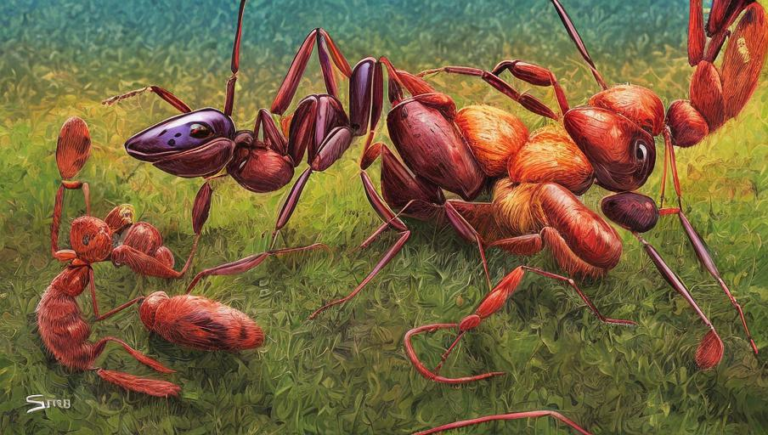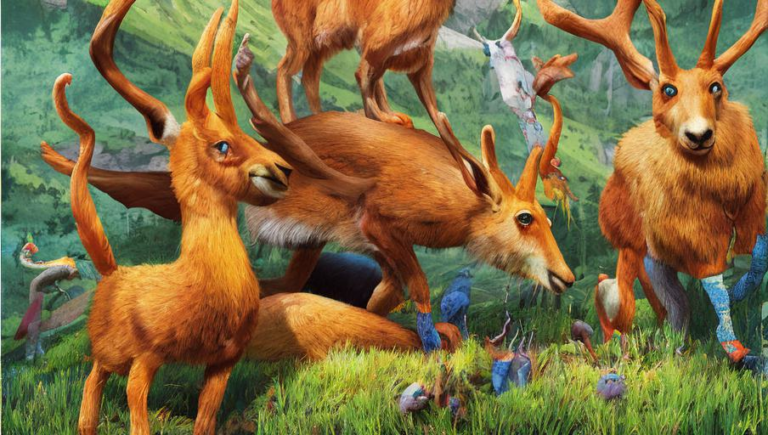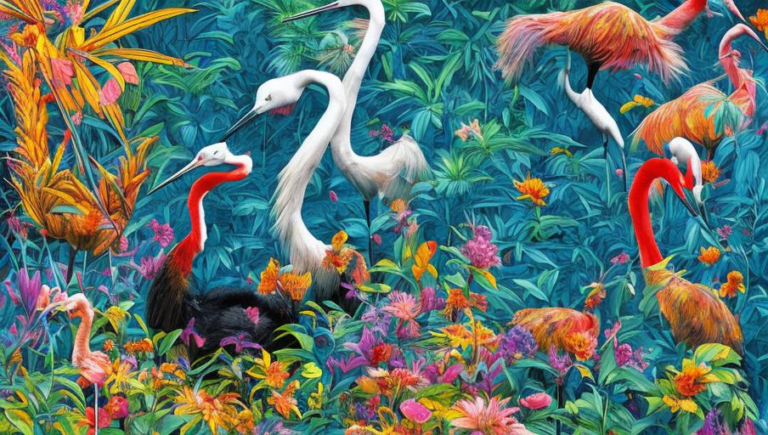Protecting the Echidna: Conservation Efforts for the Little Spiny Anteater
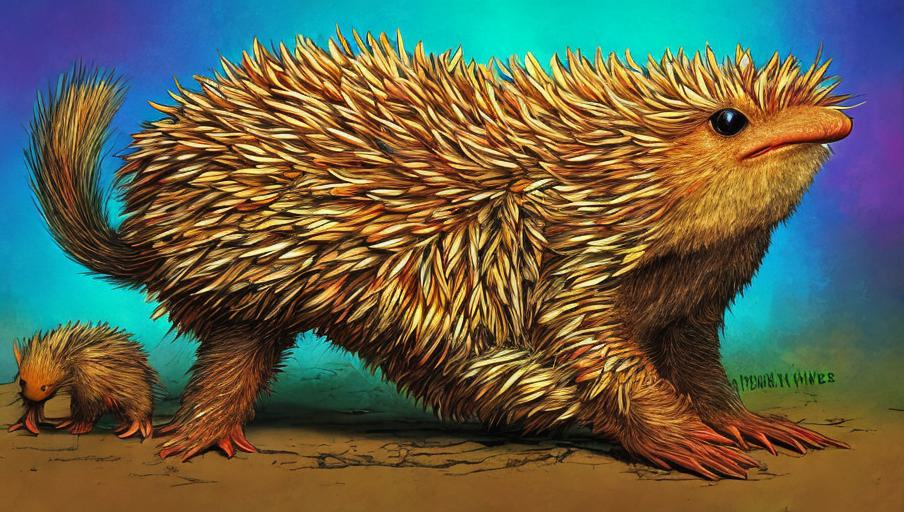
Introduction
The echidna, also known as the spiny anteater, is a unique mammal found in Australia and New Guinea. It is a monotreme, meaning it lays eggs like a bird or reptile rather than giving birth to live young like other mammals. Echidnas are egg-laying mammals that have existed for over 20 million years. They can be found in a variety of habitats, from forests to deserts, and are an important part of the food chain. Unfortunately, these animals are endangered due to loss of habitat and other human activities.
Description
The echidna is a small animal, usually weighing between 2.2-7.7 pounds, with a body length of 8-18 inches. Its distinguishing features are its spines, which are made of keratin and are thick and sharp. Its fur is usually a mix of black, brown, and tan and it has a long, sticky tongue that is used to catch ants and termites. It also has strong claws that it uses to dig burrows and to defend itself.
Habitat and Diet
The echidna is found in a variety of habitats, including forests, deserts, and grasslands. They typically live in small burrows that they dig themselves, but they can also be found in abandoned burrows of other animals. They are nocturnal, meaning they are active at night and sleep during the day. They feed mainly on ants and termites, but can also eat other insects, as well as worms and other small invertebrates.
Threats to the Echidna
The echidna is an endangered species due to the loss of its natural habitat. This is caused by deforestation, agricultural expansion, and urbanization. The echidna is also threatened by predators such as foxes and cats. Additionally, climate change has caused a decrease in their food sources, making it more difficult for them to survive. Finally, the echidna is threatened by human activity, such as illegal hunting and poaching.
Conservation Efforts
The IUCN Red List of Threatened Species lists the echidna as “vulnerable” due to its declining population. In order to protect the echidna, various conservation efforts have been taken. These include habitat protection, captive breeding, and reintroduction programs. Additionally, education programs have been set up to educate people about the importance of protecting these animals. Finally, the echidna is listed under the Convention on the Conservation of Migratory Species of Wild Animals, which works to protect migratory species.
Conclusion
The echidna is a unique and fascinating animal that is sadly endangered due to human activities. Conservation efforts are being taken to protect these animals, but more needs to be done. By raising awareness about the importance of protecting the echidna and its habitat, we can help ensure that these animals will still be around for future generations to enjoy.
